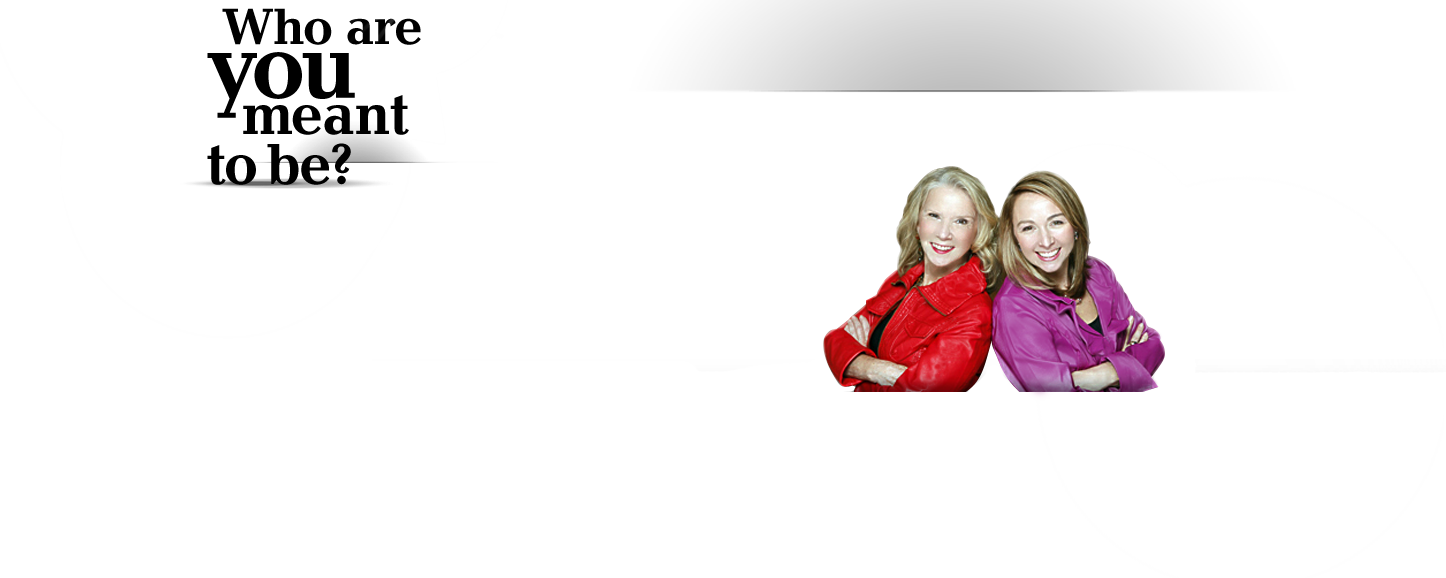ORGANIZATIONAL AND BUSINESS
Closing the Knowing Doing Gap
Collectively, we love to learn about how to improve and develop ourselves. We watch shows, read books, and take courses because we want to learn how to change our behavior. There has never been a time in society when we have had more information about what it takes to maintain a healthy body, have effective relationships and be an influential, effective leader. Yet as a society, we are more obese; divorce is more common that couples staying together, and our children have more learning and behavioral problems than ever before. And we still complain about our leader’s incompetence.
So why is this? These are all examples of the knowing doing gap in action. It takes so much more that insight and knowledge to affect behavioral change. As a colleague of mine always says, “Knowing is the booby prize.” Taking in information is a passive activity. Changing behavior is an experiential one. These two activities are governed by different areas of the brain and as much fun as an “aha” moment is, it doesn’t usually go anywhere else.
How often have you gotten excited by reading something or attending a training session only to continue along the same behavioral path that you were on before that great “aha” moment. We can vow to resolve to change our behavior but that doesn’t mean that we are going to do anything that makes us feel uncomfortable. Mark Twain once said “It is easy to quit smoking. I have done it many times.”
Changing behavior requires action and often behavioral change leading to new experiences. This is where the resistance in the brain occurs, because it often doesn’t feel good to act differently. In fact, it can cause feelings of anxiety, embarrassment and vulnerability, for example, which no one really wants to feel. Setting goals is a fantastic exercise and people get really good at doing this. Not understanding that behavioral change is an emotionally driven activity that takes emotional self-management and feelings of discomfort to achieve it derails many of our good intentions.
Setting goals doesn’t mean that we have the emotional buy in from ourselves to actually achieve them. As soon as we feel discomfort, we can rationalize why the change we are seeking isn’t that important, or things are really okay the way they are. Emotional self-indulgence takes the place of the development of emotional self-management.
We need to be able to tolerate our emotions and use them to drive us toward our true goals, rather than hijacking us and leaving us in a chronic state of disillusionment with ourselves. Of course we can always rationalize that we are really okay, even fabulous the way we are. But inside, we know better.



















0 Comments